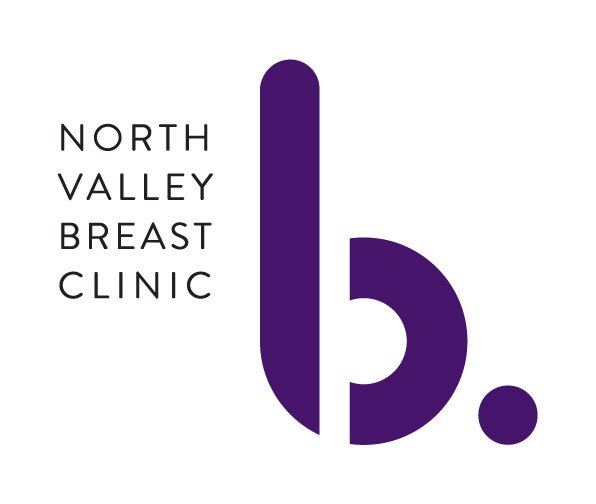Cancer Susceptibility
You can think of a gene as part of the program that makes a cell function. If this genetic machinery goes bad, then you can end up with a cell that doesn't work properly. It grows when it's not supposed to. It's dysfunctional. It's a cancer cell.
Genes can vary from individual to individual. Some people have blue eyes and other people have brown eyes because some of their genes are different. These genetic differences can be passed to future generations. Not every genetic difference is a good thing. When a gene has a change that results in a problem, it is called a mutation. There are lots of different mutations and some of these are found in families that have a lot of cancers.
Mutations that predispose to cancer are called susceptibility mutations because they happen in "tumor suppressor" genes that your cells use to correct DNA errors. When you have a mutation in one of these genes, your cell can't correct the errors in its DNA that can lead to cancer.
There are over 250 genes that can carry susceptibility mutations. In some cases there are hundreds of specific mutations that have been described in individual genes. Mutations in some genes cause a single cancer; some cause a variety of different cancers. It depends not only on the gene involved, but on the specific mutation. You can see just how complicated susceptibility genetics can get.
Now here is the tricky part: some of the families that have these mutations know who they are, but most do not. This is because cancers occur in people who do not have these mutations, and many families that do have these mutations do not have a family history of cancer. Also, in families that do have a susceptibility mutation, only about half of the individuals within the family will carry it. Here are some examples:
This family had a mutation in a gene called BRCA1. My client (arrow), who was 25, told me on the day we met that every female relative she had on her mother's side was dead by age 50. Testing of her sister showed the mutation, which my client also had.
The second family had a mutation in CHEK2. My client was tested because she was diagnosed with breast cancer at age 28. The third family did not have a mutation. I tested my client because she was concerned about her family history.
You may ask, why test people for gene mutations? The reason is that most cancer susceptibility mutations are actionable: meaning that if you find a carrier before they develop a cancer, you can intervene and prevent the cancer from happening. That's right. You can prevent cancers if you identify the carriers of cancer susceptibility mutations early.
In the first family, my client's mutation was detected before she developed a cancer. Timely intervention saved her life. Excellent. In the second family, I picked up the gene mutation, but this was actually a diagnostic failure. The failure was in not identifying the mutation before my client developed the cancer. Since this client came to me with the cancer, the failure was not mine, but it was a failure nonetheless.
So how do you decide who needs testing? This is an important and often difficult question. In the first family, it was fairly obvious that something was going on. The decision to test did not require a lot of thought. But what about the other families? In the second, my client was affected, but nobody else was. Before my client was diagnosed, nobody in this family had a cancer. In the third family one relative was affected, but I see families like this every day. Most do not have a susceptibility mutation.
Traditionally, the decision to test has been based on family history. If you have a scary history, you get tested. If not, you don't. The majority of genetics professionals hold this view. Your insurance company absolutely holds this view. But consider that families like the second family are not uncommon. One half of people without cancer who carry an actionable susceptibility mutation have no family history. When the cost of genetic testing was upwards of $4,000, testing based on history was a fairly reasonable way to keep costs under control. But things have changed over the last few years. Testing can now be performed for $150 or less in some cases; a little more than the cost of a basic chem panel.
So, it is time for another paradigm shift in medical practice. Since family history is not a reliable indicator and most mutations are actionable, we need to move from a system of testing based on family history, to a system based on genetic screening. Yes, screening. Testing people not because they have a history, but just because they are people. Before they have a cancer. While they can do something to prevent it.
So if you are interested in genetic testing, please come see me. I am happy to order it for you.



